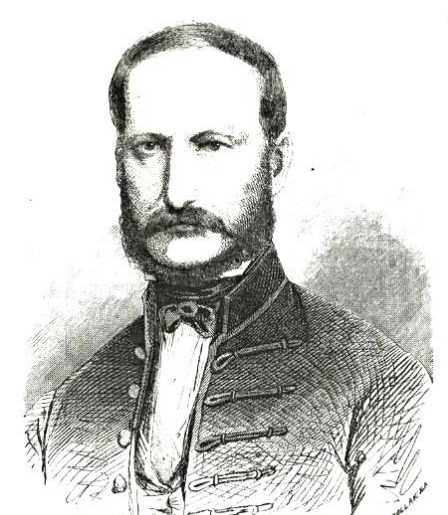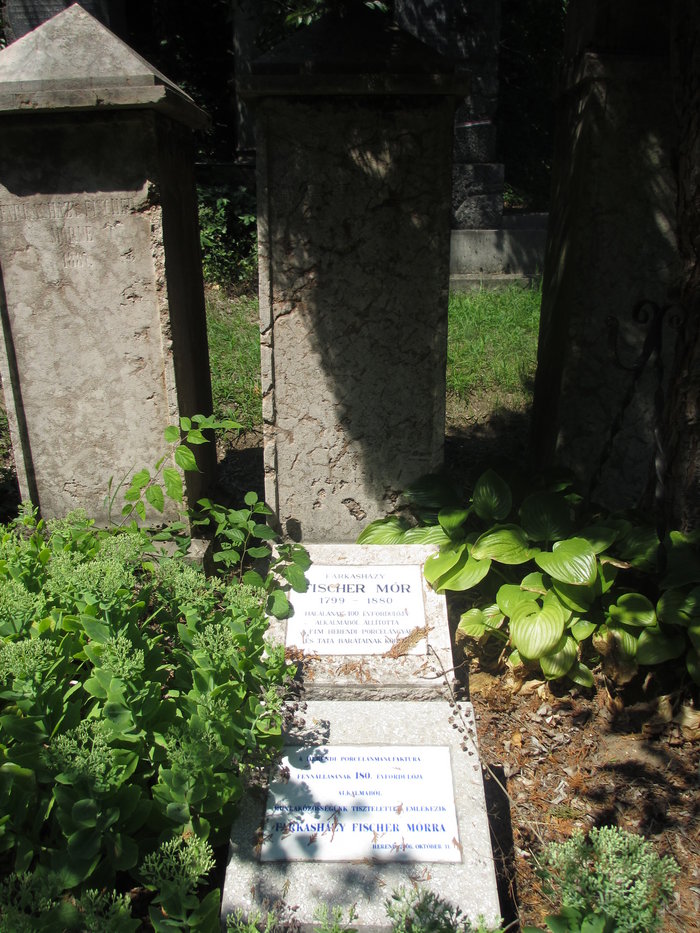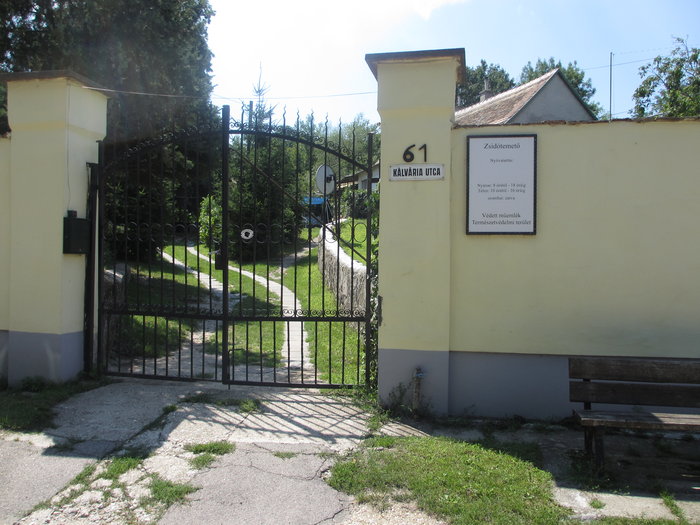Husband of Maria Salzar.
Móric Fischer de Farkasházy (German: Moritz Fischer von Farkasházy, Hungarian: Farkasházy Fischer Mór(ic); 1800, Totis/Tata – February 25, 1900, Tata) was a Hungarian porcelain-manufacturer; was one of the founders of the Herend porcelain maufactory in 1839. He rendered distinguished service to Hungarian industry and art through his porcelain manufactory in Herend near Veszprém. He was compelled to struggle against innumerable difficulties before he succeeded in developing the small factory which he founded in 1839. It, however, became a veritable art institute, comparing favorably with the famous porcelain establishments of Sèvres, Meissen, and Berlin. It has been represented at a large number of international expositions by interesting and artistic exhibits, which were invariably awarded first prizes. The establishment is at present (1903) under the direction of Eugène von Fischer/Jenő Fischer, a grandson of the founder. In recognition of the latter's services Franz Joseph I raised him in 1869 to the ranks of the Hungarian nobility. His great-great-grandchild, Tivadar Farkasházy is a Hungarian humorist, author, and journalist.
Husband of Maria Salzar.
Móric Fischer de Farkasházy (German: Moritz Fischer von Farkasházy, Hungarian: Farkasházy Fischer Mór(ic); 1800, Totis/Tata – February 25, 1900, Tata) was a Hungarian porcelain-manufacturer; was one of the founders of the Herend porcelain maufactory in 1839. He rendered distinguished service to Hungarian industry and art through his porcelain manufactory in Herend near Veszprém. He was compelled to struggle against innumerable difficulties before he succeeded in developing the small factory which he founded in 1839. It, however, became a veritable art institute, comparing favorably with the famous porcelain establishments of Sèvres, Meissen, and Berlin. It has been represented at a large number of international expositions by interesting and artistic exhibits, which were invariably awarded first prizes. The establishment is at present (1903) under the direction of Eugène von Fischer/Jenő Fischer, a grandson of the founder. In recognition of the latter's services Franz Joseph I raised him in 1869 to the ranks of the Hungarian nobility. His great-great-grandchild, Tivadar Farkasházy is a Hungarian humorist, author, and journalist.
Family Members
Advertisement
Explore more
Sponsored by Ancestry
Advertisement







